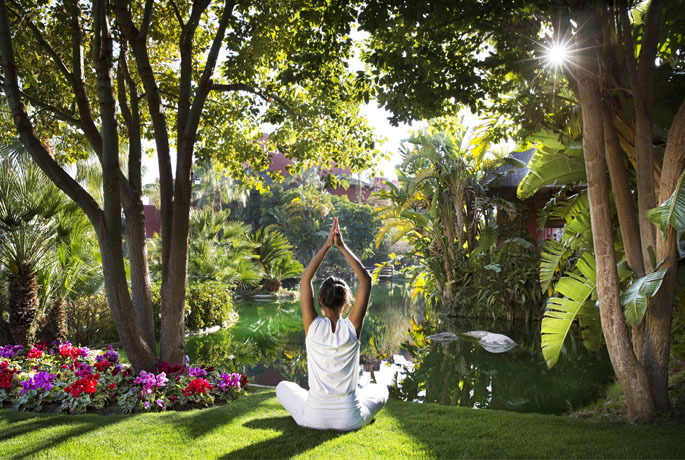Traditional Korean dance
At the luxury hotel in Alicante Asia Gardens Hotel & Thai Spa we still have many secrets left to discover around the Asian continent. Today we are travelling to Korea to find out everything about traditional Korean dance. Are you coming with us?
Traditional Korean dance originated in ancient religious rituals. It is an evolution of the songs and dances the tribes performed during the religious ceremonies in honour of the deities. Currently there are many different dances in Korea, which go from folk and court dance to new contemporary dance.
The first signs of Korean dance come from the Three Kingdoms period. During the later Korean kingdoms, the Goryeo Dynasty (918-1392) and the Joseon Dynasty (1392–1910), the dance benefited from the support of the royal court, numerous academies, and an official ministry of the government dedicated exclusively to dance.
The main traditional dances are: Geommu, sword dance; Talchum, mask dance; Seungmu, monk dance; Taepyeongmu, dance to wish great peace; Salpuri, spirit-cleansing dance; Janggucgum, dance with janggu, hourglass-shaped drum; Buchaechum, fan dance; Hallyangmu, one of the most popular folk dances and Barachum, ritual dance performed in Buddhist ceremonies.
The props used in traditional Korean dances are the billowing silk scarf of pure white used in the Salpuri dance, drums, hats, swords, among others.
There are many reasons to come to our Asian paradise in the Mediterranean and many options for enjoying your stay. If you visit us this summer at Asia Gardens Hotel & Thai Spa, enjoy the wonderful program of activities, courtesy of the hotel, designed to live a full Asian experience. We are looking forward to seeing you!



